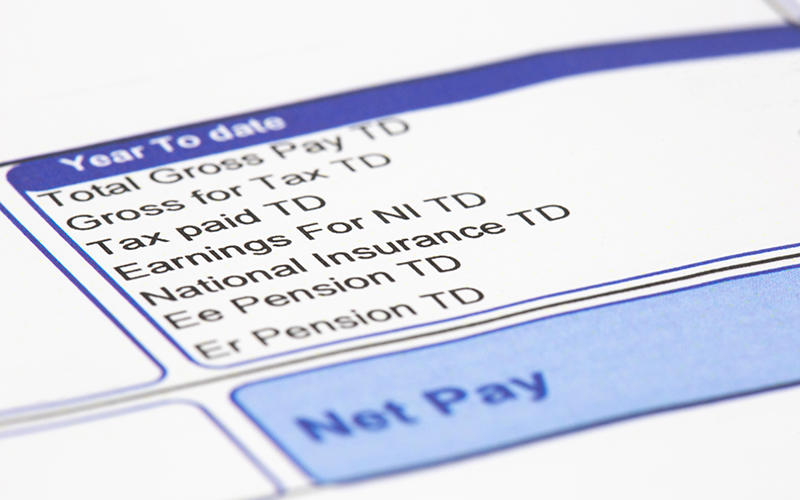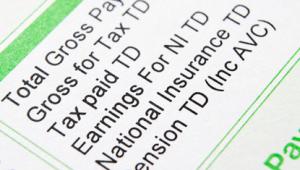By Richard Johnstone | 29 March 2013
The shortfall in public sector pensions is set to double over the next six years, according to the Centre for Policy Studies’ analysis of Budget figures.

Image | rigsbyphoto / shutterstock
In an examination of the Red Book, Michael Johnson, a former adviser to the Conservative Party, found the cashflow deficit across all pensions would rise from £8bn in 2011/12 to £16.2bn in 2017/18.
This is despite changes to public sector pensions following the Hutton Review in March 2011, which included higher employee contributions and reduced benefits.
Contributions have already risen for teachers, NHS workers and civil servants, and further hikes are planned to increase payments by an average of 3.2 percentage points.
Johnson said that despite the higher contributions, the annual funding shortfall was increasing. For example, it was now forecast to be £13.6bn in 2015/16, almost two-thirds higher than predicted by the Office for Budget Responsibility in March 2011.
The figures do not take account of other changes planned by government, such as the new pension schemes being introduced by the Public Service Pensions Bill 2013. These include linking the retirement age for public sector workers to the state pension age and changing the basis of defined benefit schemes from final salary to career average earnings. However, the OBR said this March that it expected these changes to have ‘a minimal impact on income and expenditure over this forecast period’.
Johnson said that the figures were ‘indicative of successive governments’ talent for underestimating the cost of providing public service pensions’.
He added: ‘Once taxpayer-funded employer contributions, over £16bn last year, are added to the burgeoning cashflow shortfall, along with additional costs care of the Treasury’s 25 year “no change” pledge [following the reforms], the annual cost of providing public service pensions will be over £1,500 per household, by 2016, and rising rapidly,’ he added.
Centre for Policy Studies director Tim Knox said pension costs were growing to such an extent that they would soon represent a significant proportion of the deficit.
He added: ‘The 2013 Budget forecasts a Public Sector Net Borrowing of £96bn for 2015/16, excluding extraordinary items. At £13.6bn, the pension cashflow shortfall will then be the equivalent to 14% of the PSNB.
‘If the coalition is to keep its promise made in the 2010 agreement – that “the deficit reduction programme takes precedence over any of the other measures in this agreement” – then it urgently needs to reopen negotiations.’





















